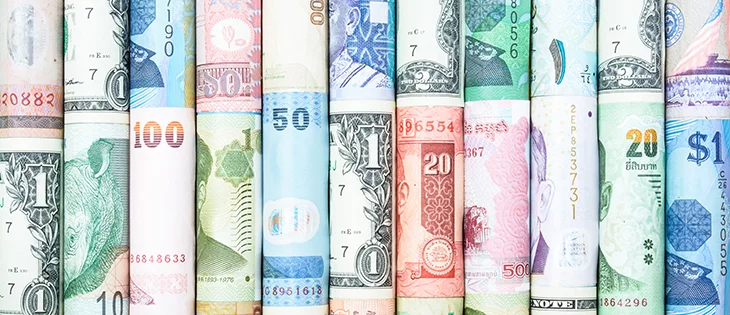In 2023, Brazil witnessed a $12.6 billion decline in foreign investments, reducing the total to $62 billion.
This drop decreased the investment’s Gross Domestic Product (GDP) share to 2.85%, down from 3.82% in 2022.
December saw a net outflow of $389 million, mirroring the previous year’s $479 million.
The Central Bank of Brazil links this decrease to falling commodity prices and fiscal risks, diminishing the nation’s attractiveness to investors.
This reduction in foreign investment carries substantial consequences for Brazil’s economy, possibly hindering growth, job creation, and sector-wide development initiatives.
Foreign capital is crucial for funding infrastructure, technology, and other essential sectors. Its decline could impede economic advancement.
Moreover, this scenario reflects broader global economic uncertainties, impacting Brazil’s position in the international market.

Simultaneously, Brazil’s public debt surged to 85% of GDP, positioning it as Latin America’s most indebted nation. This rise emphasizes the fiscal hurdles the government faces.
In response, President Luiz Inácio Lula da Silva initiated the “Plano Mais Produção” to rejuvenate Brazil’s industrial sector, aiming for economic stability and growth.
This strategy involves substantial investments and financial solutions.
The Rio-based Brazilian National Development Bank (BNDES) plays a pivotal role in this endeavor.
It is committing to finance a significant portion of the R$300 billion ($60 billion) investment by 2026.
Specifically, BNDES will allocate R$250 billion ($50 billion) towards this goal, demonstrating the government’s dedication to fostering industrial expansion.
President Lula’s plan, leveraging financing and capital market tools over three years, confronts the dual challenges of dwindling foreign investment and fiscal strain.
It seeks to ensure long-term economic resilience and growth.
In 2024, Brazil’s strategy addresses the decline in foreign investment, manages public debt, and revives industry, aiming for economic growth and stability.

